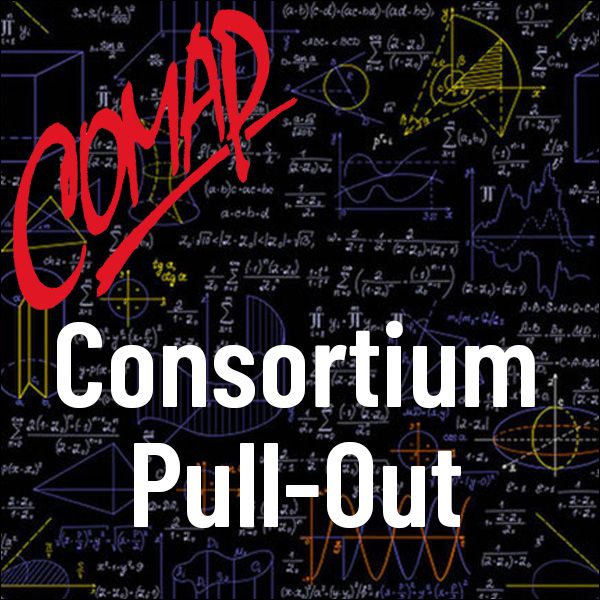It Does Matter How You Slice It
Author: Marsha Davis
These activities focus on data analysis in the context of statistical process control (SPC) in the semiconductor industry. One stage in the manufacturing process of microchips is the production of polished silicone wafers. In Activity 1 students examine data on wafer thickness and represent distributions of sample data with histograms. Students are presented with a set of histograms representing data for polished wafers produced under a variety of control settings. Using information from the histograms, students decide how each of three controls affects wafer thickness and make recommendations on appropriate settings for these controls.
Mathematics Prerequisites and Discussion:
Activity 1 assumes that students know how to (1) create frequency distributions and (2) draw histograms for quantitative data. If histograms and frequency distributions are new to students, present an example similar to the one in the Lesson Notes before they begin Activity 1.
Histograms can be tedious to draw by hand, particularly when data sets are large, as is generally the case in process control. Hence, in Activity 2 all histograms should be created using technology, either graphing calculators or spreadsheets. (The Lesson Notes include instructions for TI-83/84 graphing calculators.) In addition, students should be familiar with plotting points and making scatter plots.
Materials Needed:
Graph paper, graphing calculators (or spreadsheet software).

Mathematics Topics:
Application Areas:
You must have a Full Membership to download this resource.
If you're already a member, login here.